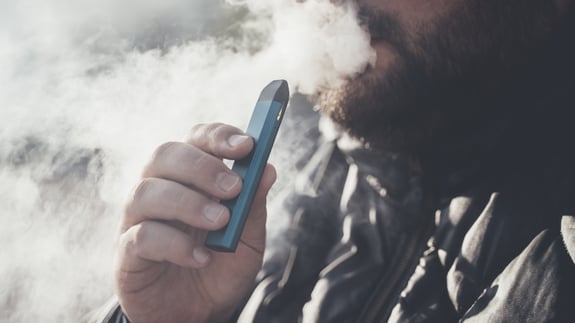
Let's Clear the Air
Adults
Adults
Whether you are a parent, a pregnant or postpartum woman or a senior, learn more about the threat of tobacco.
Youth & Young Adults
Youth & Young Adults
Let's clear the air. Tobacco can affect you physically and mentally. Don't throw away your health for an addiction.
Native Americans
Native Americans
Smoking tobacco stifles traditions. Keep nicotine from your lungs to save more breath for telling your story.
WHAT YOU NEED TO KNOW
Take a deep dive into everything you need to know about the harmful effects of tobacco use, why you should quit the habit and more.
Quit & Stay Quit
Everybody quits differently. Your quit journey is your own, and only you know what works for you. Find the method that fits into your journey to put out that cigarette, shut off the vape pen or close the chew tin for the last time. Start your quit journey today, and get back to your life!
Read MorePhone Coaching
Get help from a Quitline phone coach. Your coach will be there for you every step of the way.
Get StartedKickstart Kit
Kick the habit with the FREE Kickstart Kit, which ships to your door with cessation medication and the Quit Guide.
Get Your KitQuit Guide
Skip the coaching and medication for now. Start your journey with the FREE Quit Guide to quit when you are ready.
Get the Guide





